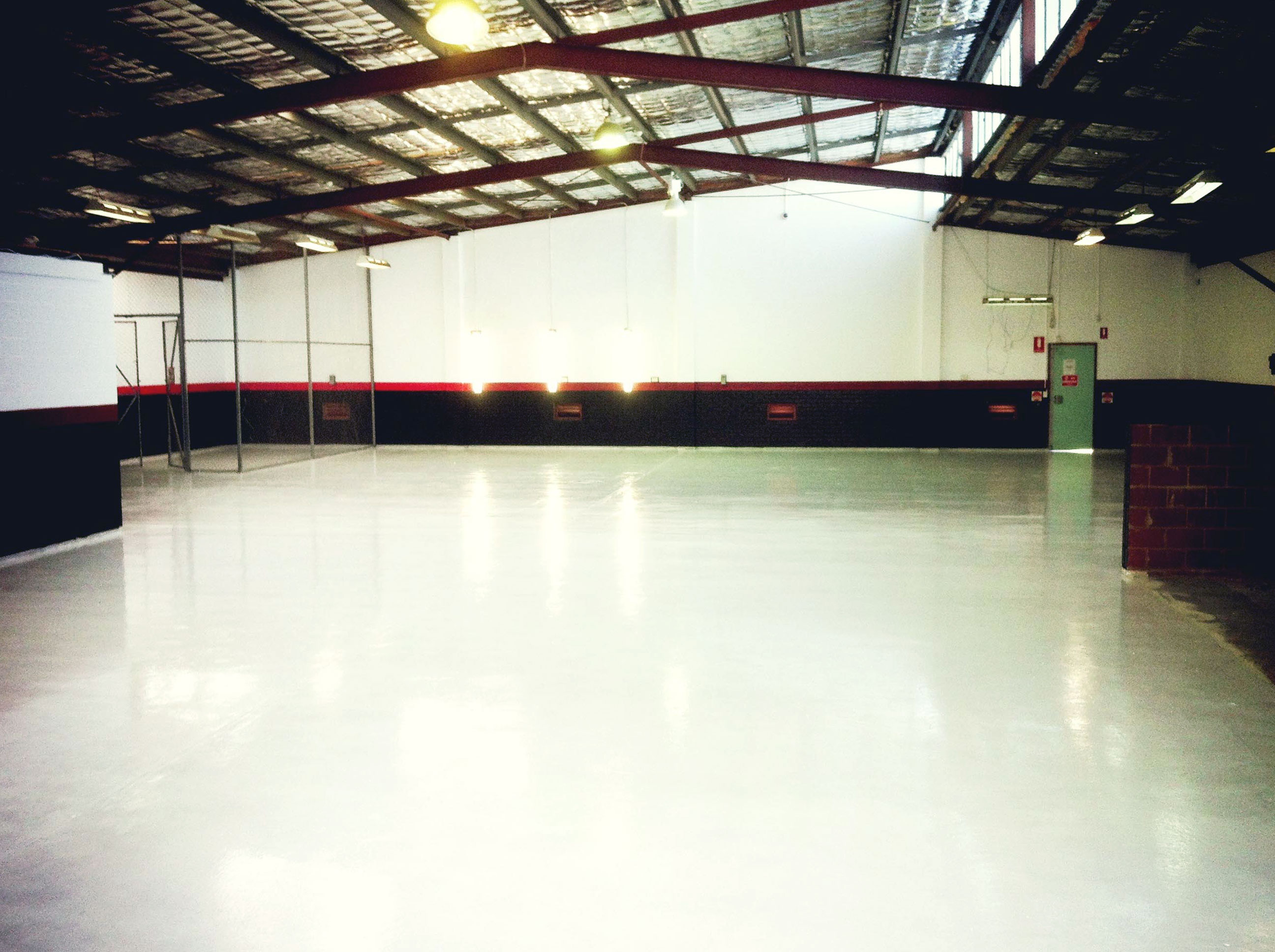How to Prepare Your Concrete Surface for Coating: Three Top Profiling Options

2018-03-28
Once you’ve confirmed that the concrete surface is a good candidate for coating, and you’ve determined the best coating for your client’s specific needs, it’s time to thoroughly prepare the surface.
There are several ways to clean, prepare and profile a sound concrete substrate or remove any pre-existing coating, so the new coating can properly adhere to the concrete:
1) Shot Blasting
This process propels steel shot at high velocity against the concrete’s surface to clear it of any debris or sealer. The shot blasting machine recovers and separates dust and reusable shot, reducing airborne dust or contaminants, which is particularly helpful in confined spaces.
The shot blaster is moved in long, straight passes. Depending on the speed of the machine and the size of shot used, the surface will be profiled from a light sandpaper to rough finish. Shot blasting removes any loose or spalling concrete. The method requires a skilled technician to do it correctly.
2) Diamond Grinding
This process rotates one or multiple abrading disks or stones fitted with diamond cutting grain, to produce a profile anywhere from a 60-grit sandpaper to a smooth, high polish finish, making this preparation method useful for almost any coating. Grinding can also level uneven surfaces.
Choosing the correct grit diamond is essential. In general, hard concrete requires soft diamonds, while soft concrete requires hard diamond cutting grains.
Polyurea and other coatings require a surface that feels like 60-80 grit sandpaper, where the concrete’s pores are open for optimal adhesion, achieved by using a minimum 30-grit diamond cutting segments Anything higher may “close” concrete’s pores, preventing the primer from absorbing, and ultimately causing coating failure.
When grinding, it’s important to overlap passes of the machine, and walk it in a side-to-side motion that keeps the grinder moving. This avoids track marks on the surface and prevents a particular area from being over-processed.
3) Scarifying
Scarifying impacts the concrete surface at a right angle with toothed washers, fracturing or pulverizing the substrate with the cutters’ rotary action to remove the top layer of concrete surface up to a ¼-inch. Scarifying is effective in removing previous coatings, although this method is not recommended for thin film coating systems.
Many factors influence the lifespan and durability of a flooring system, but proper preparation of the substrate’s surface is its essential foundation. For help choosing the best profiling method for your client’s project, talk to one of our flooring experts, by scheduling a quick, no-obligation call here.
Latest News
How to Maintain Your Concrete Grinder
Gain Customers and Referrals in 4 Easy Steps
Ready for the Summer Rush? 4 Ways to Prepare
6 Cold Weather Safety Tips for Installers
How to Remove Salt Stains from Concrete
Testimonials
Every time I call I get to talk to someone, and I always have an answer within 20 minutes. That's awesome.
Client: Terry C.

